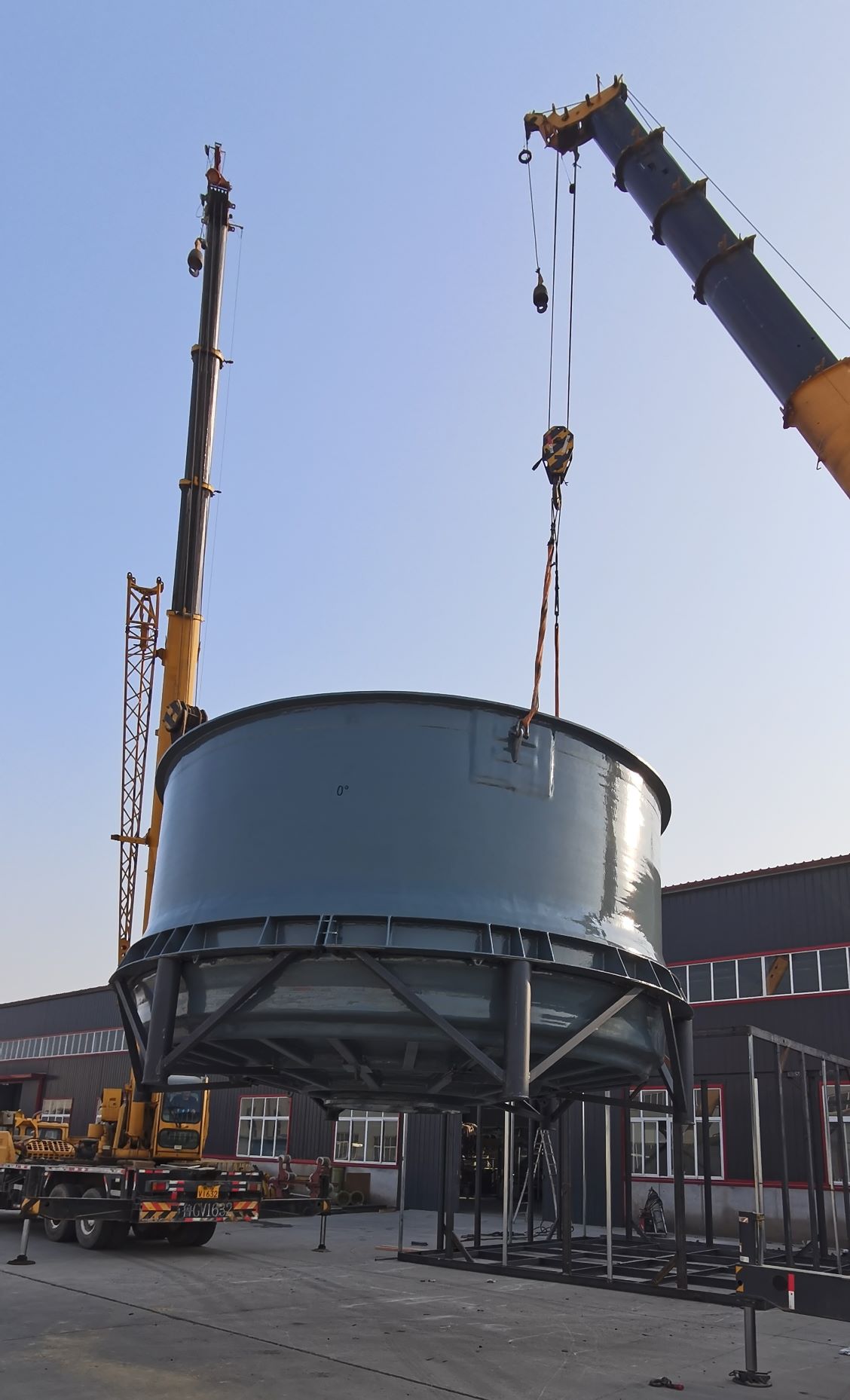
-
 Afrikaans
Afrikaans -
 Albanian
Albanian -
 Amharic
Amharic -
 Arabic
Arabic -
 Armenian
Armenian -
 Azerbaijani
Azerbaijani -
 Basque
Basque -
 Belarusian
Belarusian -
 Bengali
Bengali -
 Bosnian
Bosnian -
 Bulgarian
Bulgarian -
 Catalan
Catalan -
 Cebuano
Cebuano -
 China
China -
 China (Taiwan)
China (Taiwan) -
 Corsican
Corsican -
 Croatian
Croatian -
 Czech
Czech -
 Danish
Danish -
 Dutch
Dutch -
 English
English -
 Esperanto
Esperanto -
 Estonian
Estonian -
 Finnish
Finnish -
 French
French -
 Frisian
Frisian -
 Galician
Galician -
 Georgian
Georgian -
 German
German -
 Greek
Greek -
 Gujarati
Gujarati -
 Haitian Creole
Haitian Creole -
 hausa
hausa -
 hawaiian
hawaiian -
 Hebrew
Hebrew -
 Hindi
Hindi -
 Miao
Miao -
 Hungarian
Hungarian -
 Icelandic
Icelandic -
 igbo
igbo -
 Indonesian
Indonesian -
 irish
irish -
 Italian
Italian -
 Japanese
Japanese -
 Javanese
Javanese -
 Kannada
Kannada -
 kazakh
kazakh -
 Khmer
Khmer -
 Rwandese
Rwandese -
 Korean
Korean -
 Kurdish
Kurdish -
 Kyrgyz
Kyrgyz -
 Lao
Lao -
 Latin
Latin -
 Latvian
Latvian -
 Lithuanian
Lithuanian -
 Luxembourgish
Luxembourgish -
 Macedonian
Macedonian -
 Malgashi
Malgashi -
 Malay
Malay -
 Malayalam
Malayalam -
 Maltese
Maltese -
 Maori
Maori -
 Marathi
Marathi -
 Mongolian
Mongolian -
 Myanmar
Myanmar -
 Nepali
Nepali -
 Norwegian
Norwegian -
 Norwegian
Norwegian -
 Occitan
Occitan -
 Pashto
Pashto -
 Persian
Persian -
 Polish
Polish -
 Portuguese
Portuguese -
 Punjabi
Punjabi -
 Romanian
Romanian -
 Russian
Russian -
 Samoan
Samoan -
 Scottish Gaelic
Scottish Gaelic -
 Serbian
Serbian -
 Sesotho
Sesotho -
 Shona
Shona -
 Sindhi
Sindhi -
 Sinhala
Sinhala -
 Slovak
Slovak -
 Slovenian
Slovenian -
 Somali
Somali -
 Spanish
Spanish -
 Sundanese
Sundanese -
 Swahili
Swahili -
 Swedish
Swedish -
 Tagalog
Tagalog -
 Tajik
Tajik -
 Tamil
Tamil -
 Tatar
Tatar -
 Telugu
Telugu -
 Thai
Thai -
 Turkish
Turkish -
 Turkmen
Turkmen -
 Ukrainian
Ukrainian -
 Urdu
Urdu -
 Uighur
Uighur -
 Uzbek
Uzbek -
 Vietnamese
Vietnamese -
 Welsh
Welsh -
 Bantu
Bantu -
 Yiddish
Yiddish -
 Yoruba
Yoruba -
 Zulu
Zulu
Exploring the Benefits and Applications of Fiberglass Tanks in Various Industries Today
The Rise of Fiberglass Tanks A Sustainable Solution for Water Storage
In recent years, the demand for versatile and durable water storage solutions has led to the increased use of fiberglass tanks. These tanks, constructed from composite materials, offer numerous advantages over traditional storage options such as metal and concrete. The evolution of fiberglass technology has opened new avenues for industries and municipalities alike, as they seek sustainable and efficient methods to store water.
The Rise of Fiberglass Tanks A Sustainable Solution for Water Storage
Another significant advantage of fiberglass tanks is their insulation properties. The materials used help maintain consistent water temperatures, which is crucial for agricultural applications where temperature control can impact crop irrigation. Maintaining stable temperatures can also prevent the growth of algae, a common problem in water storage. Furthermore, the lightweight nature of fiberglass makes these tanks easier to transport and install, thus saving time and labor costs during setup.
tank fiberglass

From an environmental perspective, fiberglass tanks are a commendable choice. As cities and communities seek eco-friendly practices, the use of fiberglass aligns with their sustainability goals. These tanks can be created using recycled materials, promoting a circular economy approach. Moreover, the energy required for production has decreased over the years due to advancements in manufacturing technology, further reducing the carbon footprint associated with their production.
Fiberglass tanks are also versatile in their applications. They are used for various purposes, including potable water storage, waste management, and even in agricultural settings for fertilizers and chemicals. In the agricultural sector, farmers have adopted fiberglass tanks for rainwater harvesting systems, allowing them to utilize natural resources efficiently while minimizing dependence on municipal water supplies. In urban settings, municipalities are turning to fiberglass for stormwater management systems, utilizing their capacity to withstand severe weather events and improve water quality.
Despite their many advantages, it's essential to consider some of the downsides of fiberglass tanks. While they tend to have a longer lifespan than traditional tanks, the initial investment may be higher. However, the long-term savings from reduced maintenance and fewer replacement costs often justify the initial expense. Additionally, proper design and installation are critical to ensuring they perform optimally, which requires skilled professionals who understand the material's behavior in different scenarios.
In conclusion, fiberglass tanks are rapidly gaining popularity as a reliable, cost-effective, and sustainable solution for water storage. Their durability, corrosion resistance, and insulation properties position them as a superior alternative to traditional materials like metal and concrete. As industries continue to adapt to environmental challenges and strive for more sustainable practices, the role of fiberglass tanks will likely become even more prominent in the years to come. By embracing innovative materials, we can pave the way for a more sustainable future in water management and storage.
Latest news
-
High-Quality Fiberglass Car Bodies Durable GRP Car & Boat Body SolutionsNewsJul.08,2025
-
High-Quality Fiberglass Dual Lamination Product Manufacturer Durable FRP & GRP Dual Lamination SolutionsNewsJul.08,2025
-
Rectangular Tank with Dimensions for GRP Calculation Custom Fiberglass GRP Rectangular TanksNewsJul.07,2025
-
High-Quality Fiberglass Weir Custom FRP Weir & Fiberglass Tanks ManufacturerNewsJul.07,2025
-
CPVC FRP Pipe A Reliable Choice for Industrial Applications High Strength & Corrosion ResistanceNewsJul.07,2025
-
Fiberglass Scrubber for Effective Cleaning and Stain Removal – Superior Performance in Various ApplicationsNewsJul.06,2025









